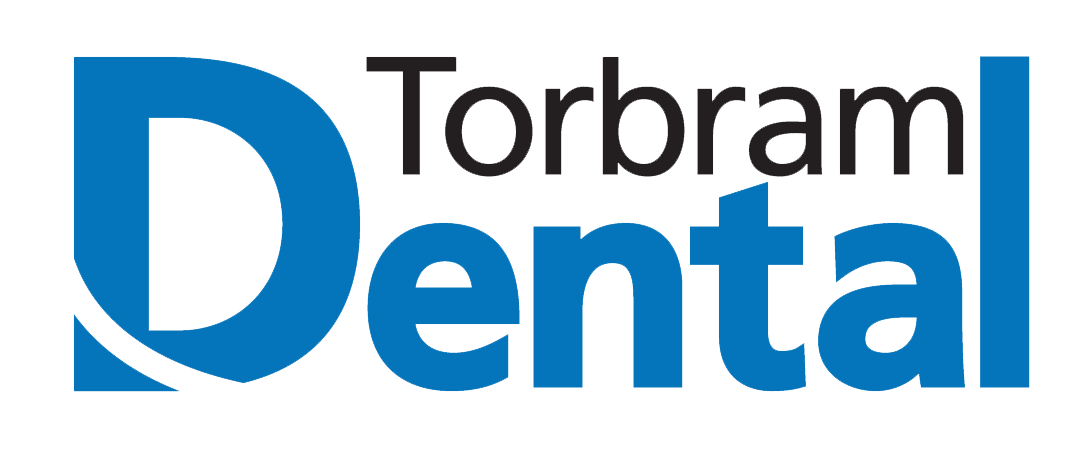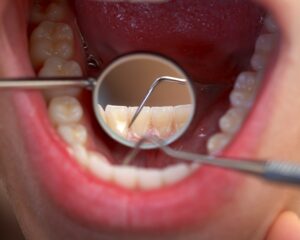
Plaque is a substance that forms on the surface of teeth and causes stains on your teeth. It can also cause cavities, gum disease, and tooth decay. However, it is possible to prevent plaque formation by taking care of your oral hygiene habits at home. This article will explore what plaque is and ways to combat it to maintain good oral health!
What exactly is plaque?
What is plaque?
Plaque is recognized as a sticky film which forms on the surface of your teeth. It can be found on the surface of your teeth and under your gums. Plaque contains bacteria that form acids as they grow and attack the enamel of your teeth. These acids can cause tooth decay in children and gum disease in adults.
What is tartar?
Tartar is a hardened deposit that forms on your teeth. It’s made up of bacteria, food particles, and saliva.
It can be removed with the help of a dentist or dental hygienist, although you should seek help if you notice any signs of gum disease or tooth decay.
Causes of plaque
Plaque forms when sugars, starches, and other dietary carbohydrates stick together in the mouth; these particles are then eaten by bacteria that form plaque on your teeth.
Symptoms as the result of plaque
Here are a few symptoms that are caused by plaque:
- Gingivitis: A mild form of gum disease characterized by inflammation and redness.
- Periodontitis is known as a severe form of gum disease which can lead to loose teeth or even tooth loss.
- Tooth decay is caused by bacteria from the plaque on your teeth breaking down into acids that cause cavities.
Potential dental complications and what happens if it is not removed
Plaque builds up over time due to everyday activities like eating and drinking. Plaque will build up if you don’t clean your mouth regularly enough (or at all). In the end, the various types of bacteria can potentially live on your teeth and will begin fermenting food more than usual.
This leads directly to dental caries (cavities) and gum disease, which causes bad breath. Both conditions can lead to problems such as heart disease or type 2 diabetes.
Prevention is key
Preventing plaque build-up is essential when creating an oral hygiene routine to prevent tooth decay. The best way to avoid plaque formation is by keeping your teeth clean at all times with regular brushing or flossing every day before bedtime. Your oral hygieneis of paramount importance.
Importance of maintaining oral hygiene
Oral hygiene is vital for overall health. Plaque can lead to tooth decay, gum disease, and bad breath. A dentist can help you maintain proper oral hygiene by regularly checking your teeth, gums, and jawbone. This way, you can prevent plaque from building up on them.
How to maintain oral hygiene at home
Invest in quality oral hygiene products
It is recommended to use a soft-bristled toothbrush. You should also buy fluoride-based toothpaste to help prevent oral diseases and restore healthy teeth. You can also use an electronic toothbrush as they are more suitable for managing plaque. Floss once per day.
Not missing dental checkups and routine dental cleaning
Regular dental checkups and routine dental cleaning are recommended solutions to prevent plaque and tartar build-up.
Dental checkups can be scheduled as often as once a year, but most people should visit their dentist twice per year.
Choose healthy snacks and beverages
Choosing healthy snacks and beverages is another way to keep your teeth healthy. For example, try to avoid sugary foods such as candy, cookies, cake, soda, or sugary drinks. You should always be aware of what you’re eating before you eat it.
Ask your dentist for suitable or prescription oral hygiene products
Your dentist is the best source for information on maintaining oral health. Ask your dentist about the following:
- How you should brush your teeth at home and what products are best for this purpose.
- When you should schedule regular dental checkups and how often they should be done.
- Which oral hygiene products are suitable for your individual case.
Getting rid of plaque and tartar
Add flossing to your routine
Flossing is an integral part of your at-home oral hygiene routine. It removes plaque from between your teeth, which can lead to gum disease. It would be best to use dental floss or an electric flosser to practice good oral hygiene.
Try baking soda
Baking soda is a natural abrasive to remove plaque from your teeth. To get rid of plaque at home: mix baking soda with water in equal parts until dissolved, then brush away. However, we recommend you consult a dentistbefore trying this home remedy.
A professional dental cleaning
It’s essential to have regular dental checkups, especially as you get older. A professionalteeth cleaning will help to thoroughly remove plaque from your teeth and gums, which can lead to health problems if left untreated.
Managing plaque is possible at home. However, visiting the dentistis of high importance when it comes to effectively removing tartar and thoroughly deep teeth cleaning areas that are not accessible.
When tackling plaque and tartar, various ways exist to manage and prevent the formation. The best way of dealing with these dental problems is by visiting your dentist regularly and having regular appointments so that they can clean out any hard-to-reach areas within your mouth.
Recent Comments
Simrit Bio
Simrit has been working at Torbram Dental since 2001. She started her career with Assisting/Treatment co-ordinating and then moved on to becoming the Hygiene Co Ordinator in 2005. In 2012 she took on a new role as the Marketing Director. Though she loved being the Marketing Director, in 2015 she became the Office Manager of Torbram Dental. She completed her Level 1 Dental Assisting program with Career Canada in 1996 and then went on to complete her Level II Dental Assisting Diploma with Southwestern Medix in 1999. That is when she received NDAEB Certification. Simrit has been and still is an active member of the Ontario Dental Assistants Association since 2000. She enjoys hiking and traveling with her husband and two kids and loves to explore new restaurants, especially high-tea venues.
This will close in 0 seconds
Jessica Bio
Jessica, one of our receptionists, is one of the smiling faces you see when you arrive at the office. She graduated with honours from Medix College with a diploma as a Level 2 Dental Assistant. When she is not happily helping our patients, Jessica enjoys spending quality time with her friends and family, going to church on Sunday mornings, gardening and going on hikes.
This will close in 0 seconds
Naudia Bio
Naudia has been working at Torbram Dental for many years and is a valued member of our administrative team: as a dental receptionist and in our marketing team . She graduated from Everest College with honours level 1 and 2, with a diploma in Dental Assisting. Naudia is always there for our patients, making sure that they receive the care and attention they deserve. When not at the office, she enjoys spending time with family and friends, cooking and indulging in civil court TV shows.
This will close in 0 seconds
Ramandeep Bio
Ramandeep has been a part of Torbram Dental for the past 10 years as certified dental assistant. She obtained her level 1 certification from Everest college in Brampton in 2013, and then her level 2 certification in 2014 from Medix college. Her career path through the clinic has been recognized by staff at all levels who admire her work ethic and dedication to million dollar smiles. In her spare time, Ramandeep enjoys cooking and gardening, and spending time with her husband and 2 kids.
This will close in 0 seconds
Sana Bio
Sana is a valued member of our dental hygiene team. In 2008 she completed her education at George Brown in Dental Assisting and in 2016 she earned her diploma in Dental Hygiene from the Canadian Academy of Dental Health and Sciences. Sana has been working in dentistry since 2008 and enjoys taking care of our patients and helping them with their oral health. She is married and is busy with her 2 young children. In her spare time, Sana enjoys going out with the family, trying out new places to eat and is looking forward to travelling with them in the future.
This will close in 0 seconds
Sanaria Bio
Sanaria has been working at Torbram Dental for many years as a valued member of our Dental Assisting Team. She completed her level 2 dental assisting certification and previously obtained a degree in Education and worked as a quality control officer in the pharmaceutical industry. When not at work Sanaria loves to bake and cook. She also loves story time and enjoying the outdoors with her children. She always sees the positive side of life, believes that nothing is impossible and that if you set a goal and work at it, that you will make your dreams come true.
This will close in 0 seconds
Carrie Bio
Carrie has been working at Torbram Dental since 2001. She graduated from George Brown College in 1998 with a Dental Assistant Diploma and continued to further her education by completing a Dental Hygiene Diploma in 2001 at Durham College. Carrie is a highly trained and experienced Registered Dental Hygienist who continues to learn and grow by updating her knowledge to provide her clients with the best Oral Health Care techniques and information. Carrie is passionate about Dentistry and is known for her gentle and compassionate manner. She feels strongly about building lasting relationships and trust with her clients to help them understand that good Oral Health leads to good Overall Health. Carrie enjoys travelling, dabbling in decorating and a good Netflix series in her time off. Carrie resides in Halton Hills with her husband and two children.
This will close in 0 seconds
Daniela Bio
Daniela's interest in Dentistry began in Gr.6 when she wrote a speech entitled "My Life as a Toothbrush".
A Registered Dental Hygienist with 22 years of clinical experience, Daniela still has a great passion for her career. The most rewarding aspect for her is building lasting relationships with her patients, and seeing them through to a healthier smile.
Her thorough yet gentle touch will ensure a comfortable visit every time.
Daniela is a total Foodie and loves to cook and enjoys all types of cuisines. She loves Florida, Cruises, organizing things, and most of all spending time with family and friends.
This will close in 0 seconds
Stephanie Bio
Stephanie Enjoys getting to know all new patients at Torbram Dental and catching up with long standing Patients. Stephanie enjoys spending quality time with her family. One of her favorite things to do with her daughter is teach and play the piano. Stephanie likes going on walks with her husband and enjoys spending as much time with him as he is an Active Member of the Canadian Army. On Sundays, Stephanie enjoys going to Church and looks forward to Sunday Dinner with her entire family. Stephanie's Favorite thing to do to start her day right is head to her local Starbucks and Grab her favorite drink, an iced black tea with light lemonade on warm days and a blonde vanilla latte on those cold winter days.
This will close in 0 seconds
Aalisha Bio
As a dedicated Dental Hygienist at Torbram Dental, Aalisha brings recent knowledge and experience to ensure the best oral health for our patients. She holds a Diploma in Dental Hygiene from the Toronto College of Dental Hygiene and Auxiliaries and has further enriched her education with a Bachelor of Science from the University of Waterloo. Beyond her professional qualifications, Aalisha has a zest for life that extends beyond the dental chair. She cherishes quality time with family and friends, thrives on outdoor adventures, and has a passion for hiking and water-based activities, especially during the sunny summer days. She is an avid traveler, exploring tropical paradises and historic destinations while immersing herself in diverse cultures and indulging in delicious culinary experiences."
This will close in 0 seconds
Supreet Bio
Supreet was born and raised in Punjab, India and came to Canada in 2016. She graduated from Sheridan College as an Environmental Lab Technician but later decided to change her career to dentistry. She completed her Level I and II Intra-Oral Dental Assisting course from George Brown College and graduated in 2023. In July 2023, Supreet joined the team at Torbram Dental where she enjoys working. In her free time, she loves to read books.
This will close in 0 seconds
Childs Oral Health

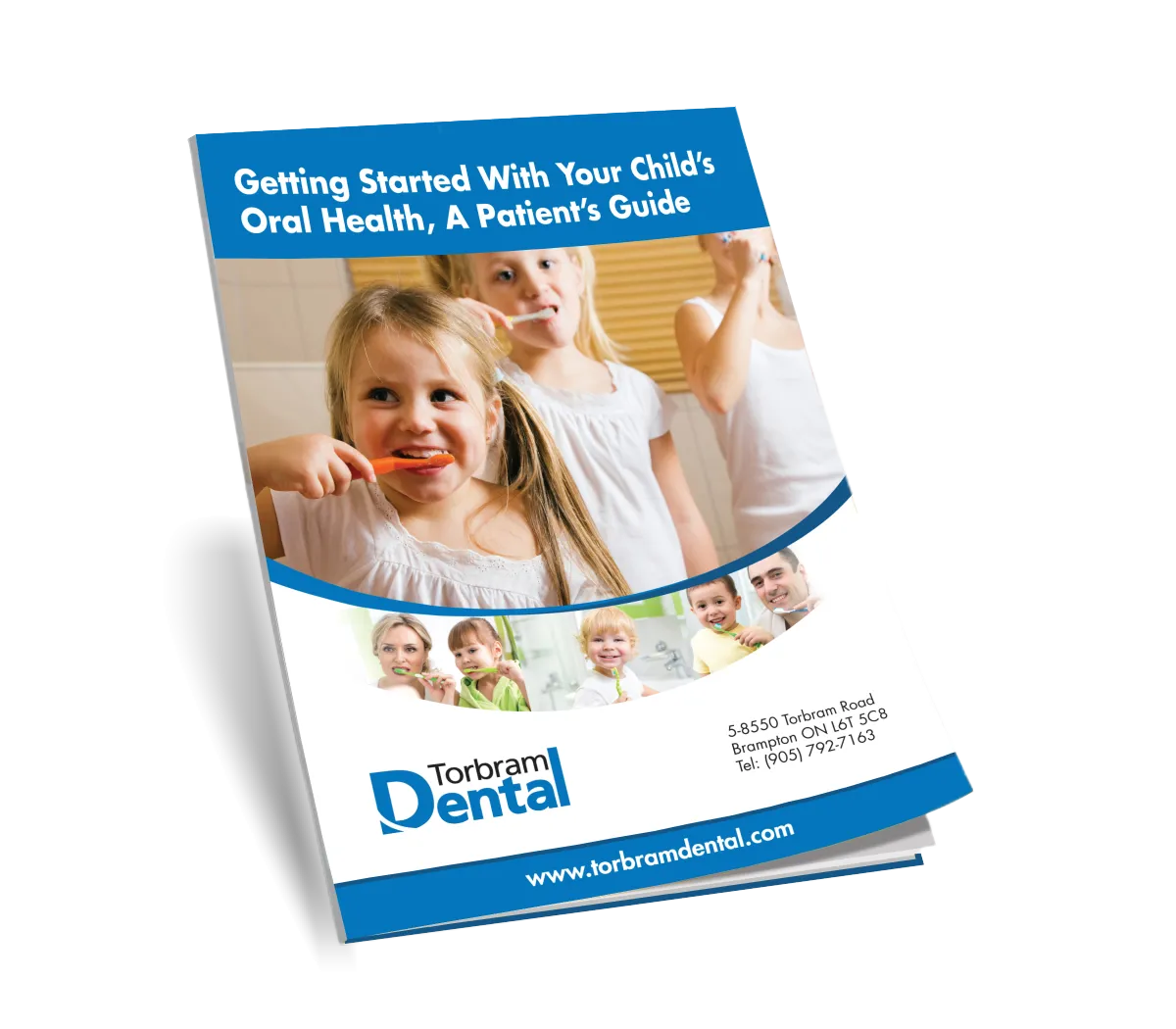
Enter your information below.
We will email your copy right away.
This will close in 0 seconds
Cosmetic Dentistry

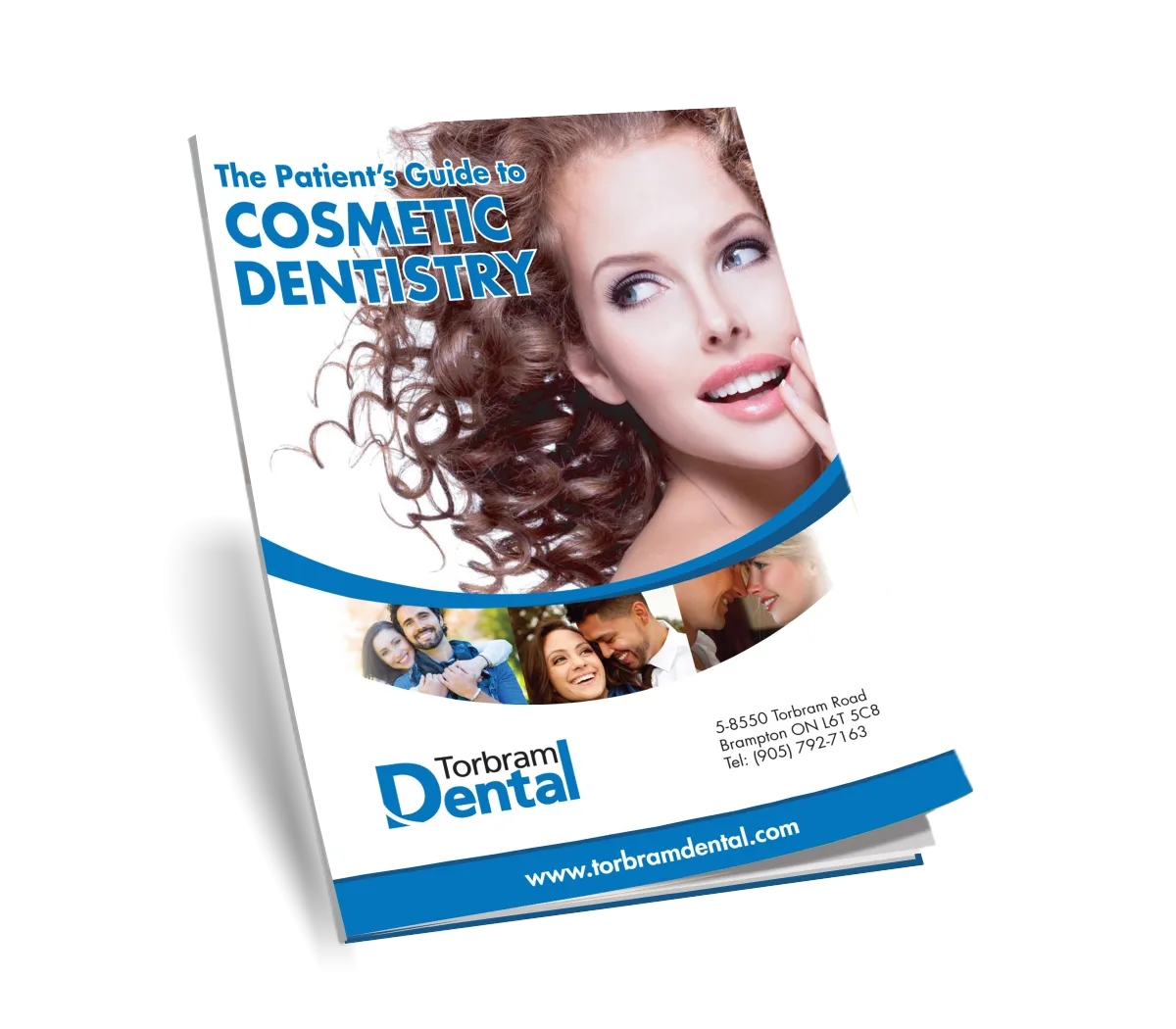
Enter your information below.
We will email your copy right away.
This will close in 0 seconds
Implant Dentistry

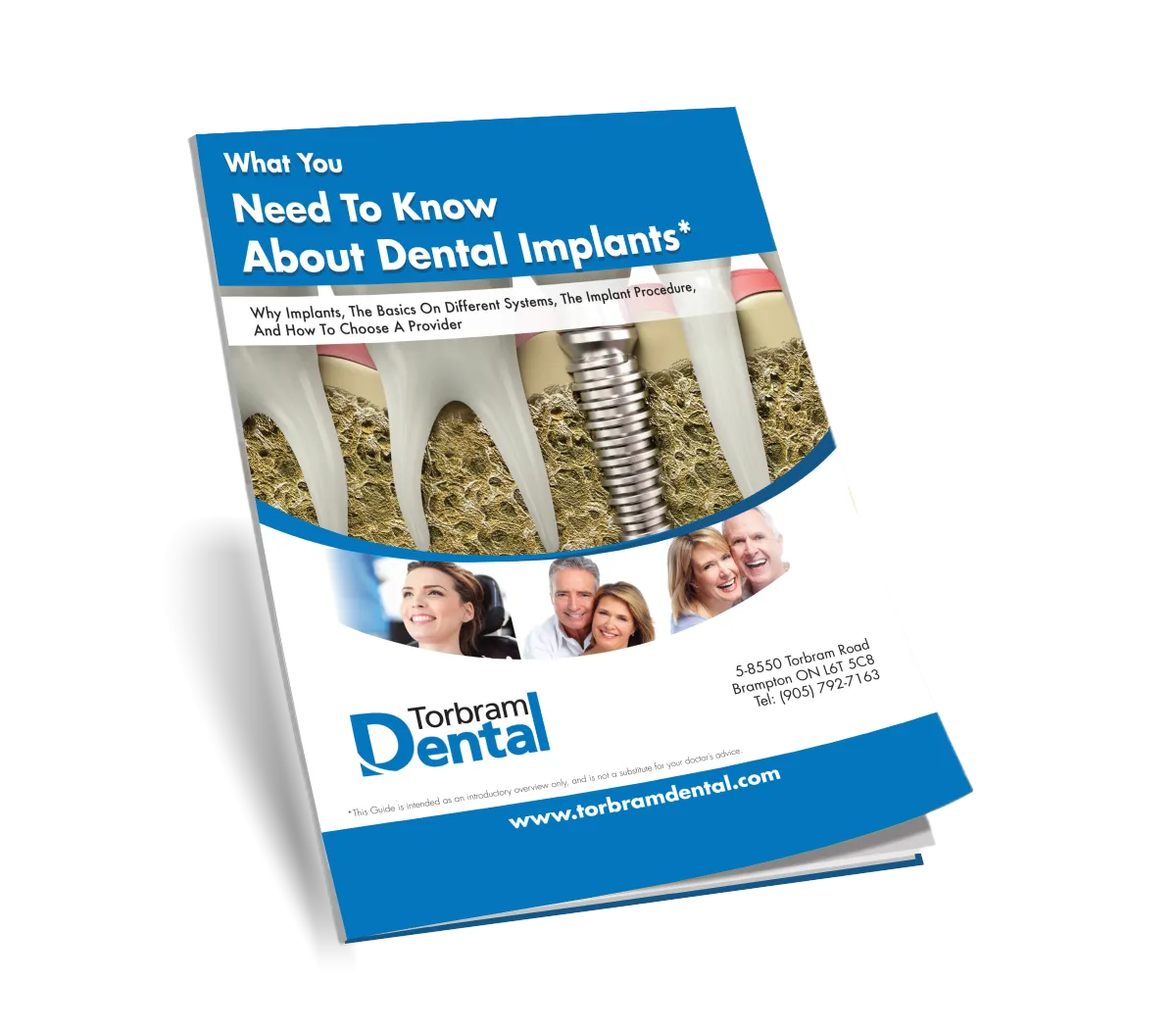
Enter your information below.
We will email your copy right away.
This will close in 0 seconds
Orthodontic Dentistry

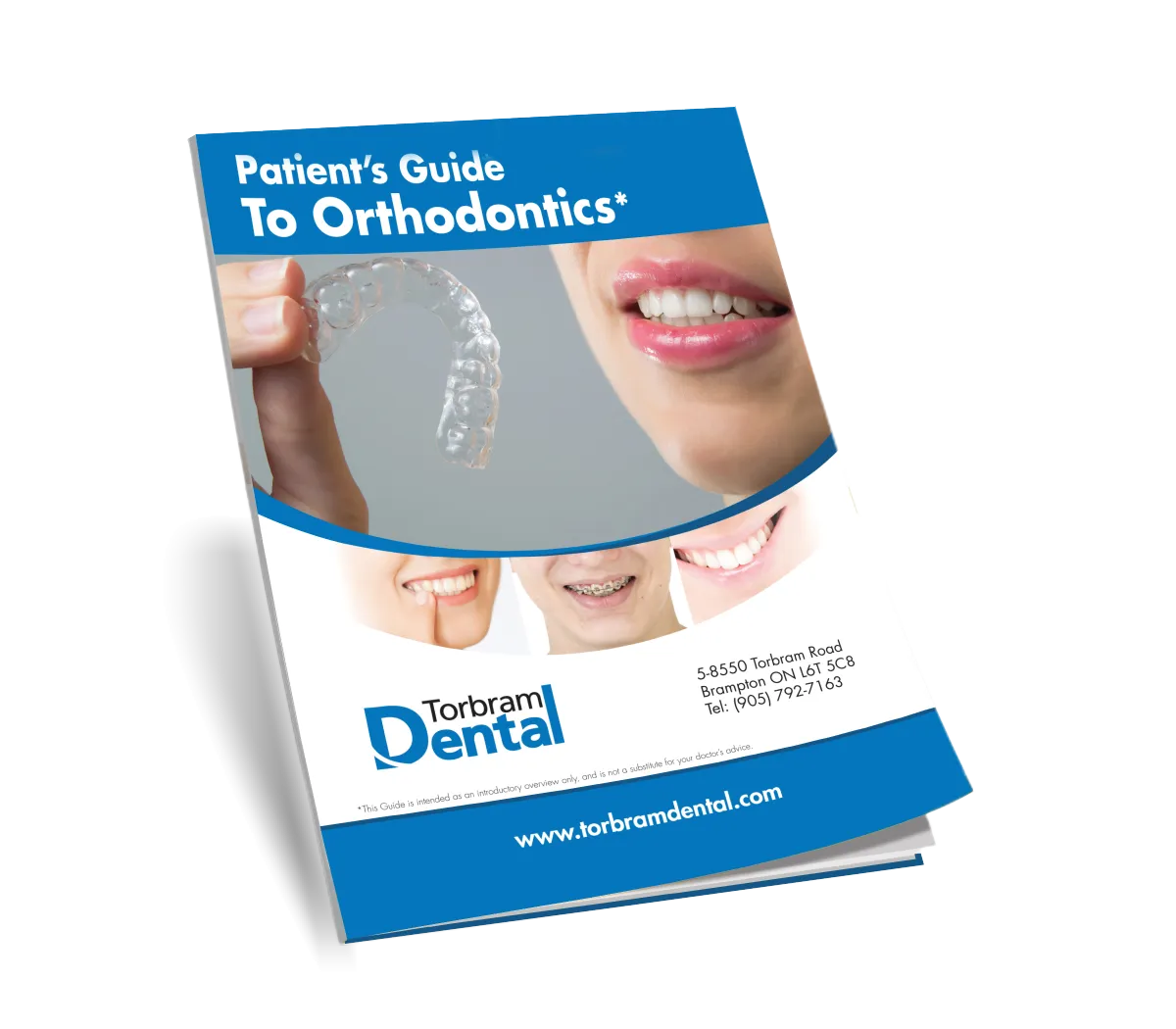
Enter your information below.
We will email your copy right away.
This will close in 0 seconds
Invisalign

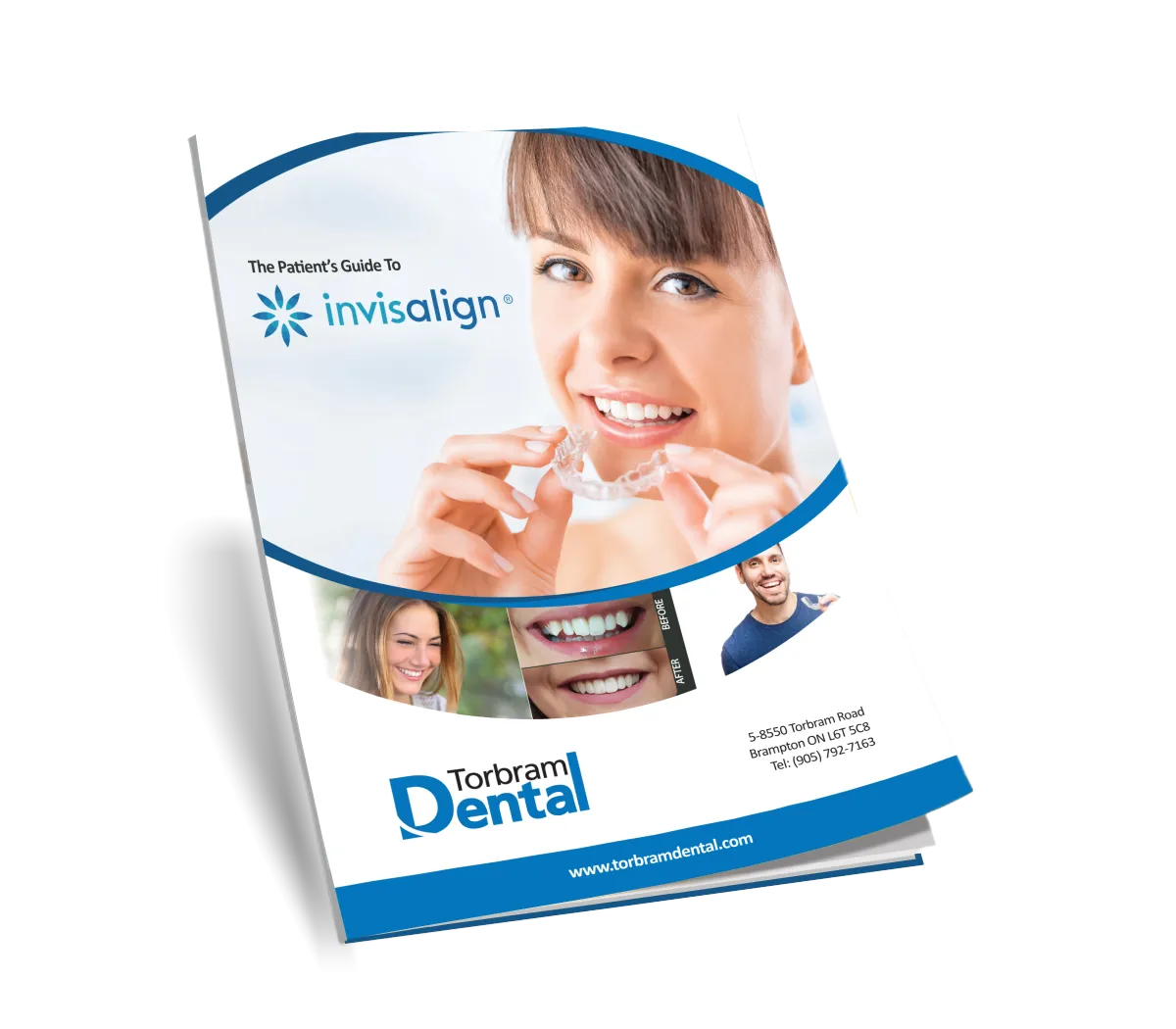
Enter your information below.
We will email your copy right away.
This will close in 0 seconds
Anxiety Free Dentistry

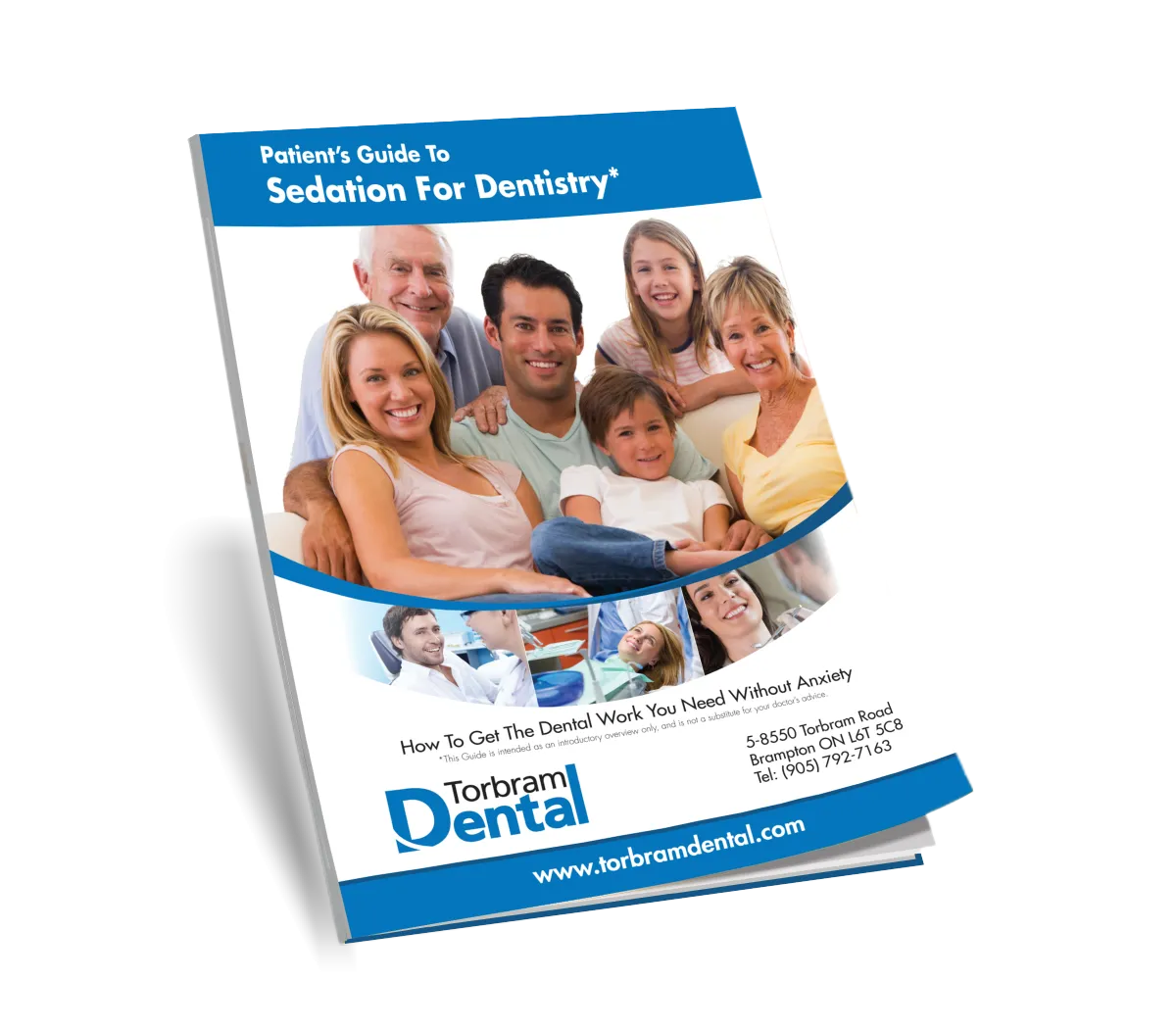
Enter your information below.
We will email your copy right away.
This will close in 0 seconds
Wedding Day Smile


Enter your information below.
We will email your copy right away.
This will close in 0 seconds
